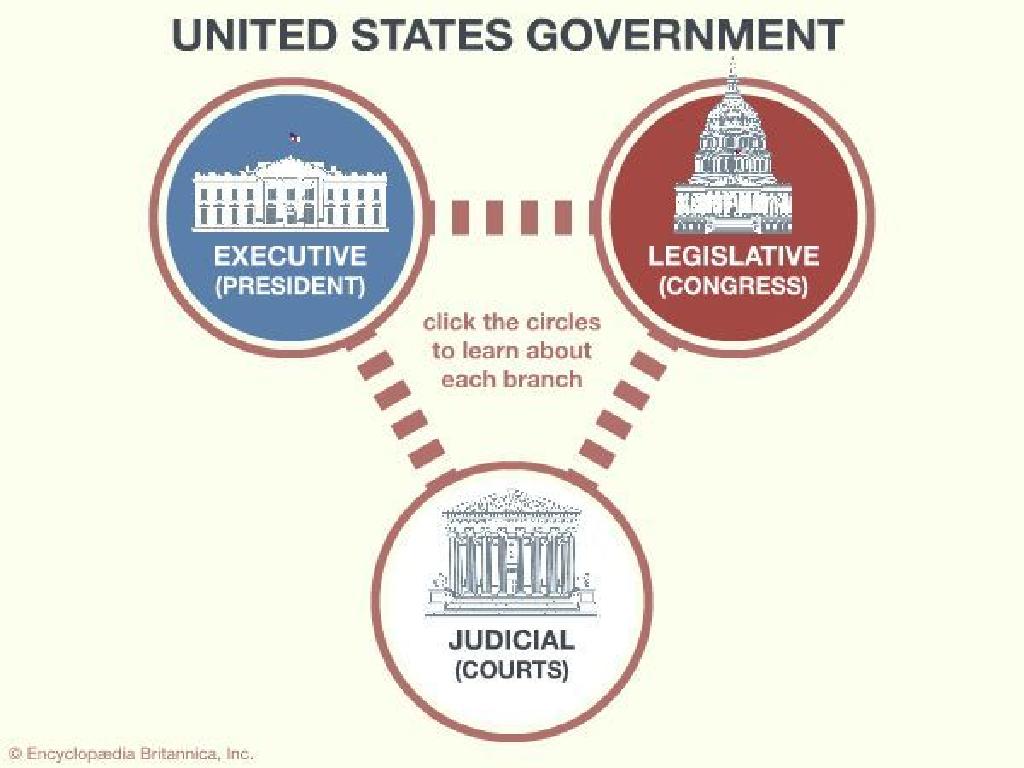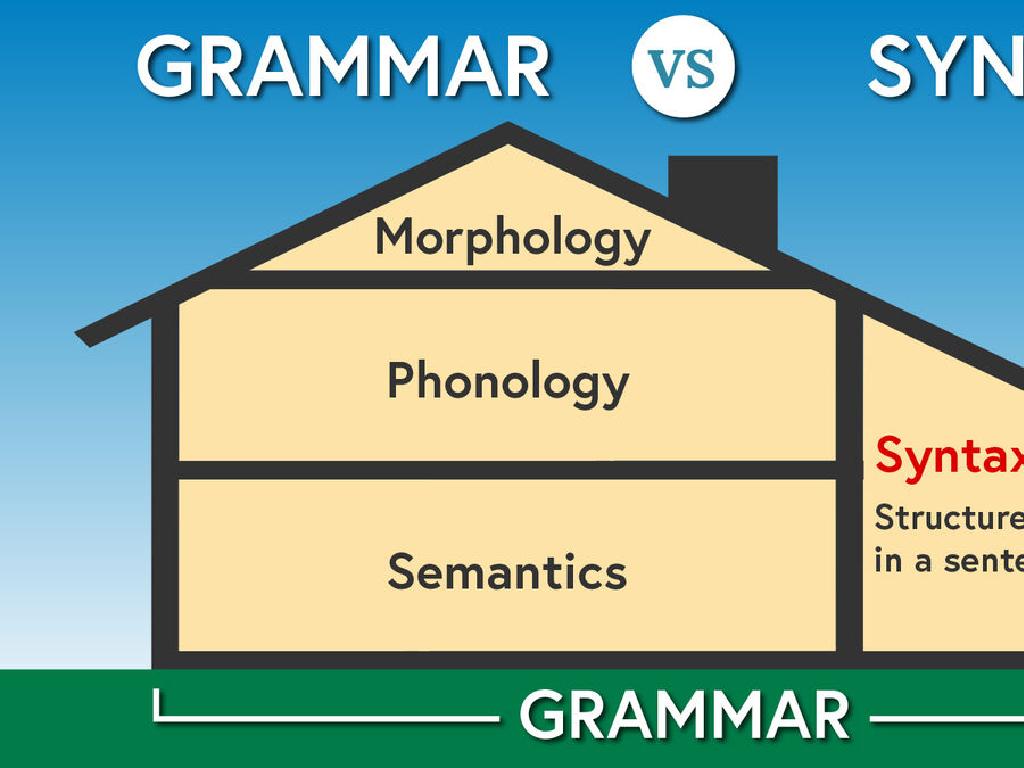Multiply Numbers Ending In Zeros: Word Problems
Subject: Math
Grade: Sixth grade
Topic: Multiply Whole Numbers
Please LOG IN to download the presentation. Access is available to registered users only.
View More Content
Introduction to Multiplication with Zeros
– Review basic multiplication
– Recall multiplication tables and methods
– Grasp place value significance
– Each place value is 10 times the value to its right
– Multiplication’s role in daily life
– Used in budgeting, cooking, and more
– Simplifying with zeros
– Multiplying by 10, 100, 1000 simplifies calculations
|
Begin the lesson by reviewing the fundamental concepts of multiplication, ensuring that students recall multiplication tables and the standard algorithm. Emphasize the importance of understanding place value, as it is crucial when multiplying numbers, especially those ending in zeros. Discuss how multiplication is used in everyday scenarios such as budgeting money, preparing food, or calculating time. Introduce the concept of simplifying multiplication problems by recognizing the patterns when numbers end in zeros, such as multiplying by 10, 100, or 1000. This will set the stage for solving word problems involving multiplication of numbers with zeros.
Multiplying Numbers Ending in Zeros
– Multiplication with zeros explained
– Understand the pattern when multiplying numbers that end in zeros.
– Ignore zeros initially
– Simplify by multiplying the non-zero digits first.
– Count zeros in both numbers
– Add up all the zeros from both numbers after initial multiplication.
– Combine for final answer
– Place the combined zeros back to get the full product.
|
When teaching multiplication of numbers ending in zeros, start by explaining the concept that zeros at the end of a number can be temporarily set aside. Students should first multiply the non-zero parts of the numbers. After finding this initial product, they should count the total number of zeros in both original numbers. The final step is to append these zeros to the non-zero product to find the complete answer. For example, in 200 x 40, multiply 2 x 4 to get 8, then count the three zeros in the original numbers and add them to get 8,000. This method simplifies the process and helps avoid mistakes. Encourage students to practice with different problems and check their understanding by sharing their methods and results.
Multiplying Numbers Ending in Zeros
– Multiply non-zero digits
– Ignore zeros and multiply 3 x 4
– Count and append zeros
– Add zeros from both numbers (2+1=3 zeros)
– Example: 300 x 40
– 3 x 4 = 12, then append 3 zeros to get 12000
|
This slide introduces students to a simplified method for multiplying large numbers that end in zeros. Start by focusing on the non-zero digits, multiplying them as if the zeros were not there. After finding this product, count the total number of zeros in both original numbers. This count will tell you how many zeros to add to the end of your product. For example, when multiplying 300 by 40, we multiply 3 by 4 to get 12, and then append three zeros (since there are two zeros in 300 and one zero in 40) to get the final answer of 12,000. This technique simplifies the process and reduces potential errors in calculation. Encourage students to practice with different numbers and to check their work by counting zeros carefully.
Multiplying Numbers Ending in Zeros: Word Problems
– Comprehend the word problem
– Read carefully to grasp the scenario and question.
– Find numbers to multiply
– Spot the numbers with zeros to be multiplied.
– Watch for ‘trick’ words
– ‘Trick’ words may mislead; identify them.
– Disregard extra info
– Ignore information not needed for the solution.
|
This slide introduces students to the strategies for solving word problems involving multiplication of numbers ending in zeros. Emphasize the importance of understanding the context of the problem before attempting to solve it. Teach students to identify key numbers, especially those ending in zeros, as they are crucial for the multiplication process. Highlight the need to be cautious of ‘trick’ words that could change the operation required or introduce unnecessary complexity. Finally, guide students to learn how to sift through the problem to focus only on the information that is relevant to finding the solution. Encourage practice with examples and provide tips for recognizing and handling ‘trick’ words and extraneous details.
Multiplying Numbers Ending in Zeros
– Understand the word problem
– Read carefully: 10 boxes, 100 apples each
– Break down into solvable steps
– Step 1: Identify numbers to multiply – 10 and 100
– Multiply to find the total
– Step 2: Multiply 10 (boxes) by 100 (apples)
– Review and check your solution
– Ensure the answer makes sense in context
|
This slide is aimed at teaching students how to approach and solve word problems involving multiplication, especially those with numbers ending in zeros. Start by reading the problem thoroughly to understand what is being asked. Next, break down the problem into clear, manageable steps, identifying the numbers that need to be multiplied. In our example, we multiply the number of boxes by the number of apples per box (10 x 100). After finding the product, encourage students to review their solution to ensure it makes sense within the context of the problem. Emphasize the importance of double-checking their work for accuracy.
Class Activity: Multiplying Numbers with Zeros
– Solve problems as a class
– Explain your problem-solving
– How did you approach the problem? Share your strategy.
– Address misconceptions
– Let’s correct misunderstandings as they happen.
– Practice makes perfect
|
This slide is designed for a collaborative class activity focused on multiplying numbers ending in zeros. Start by presenting a few word problems that involve multiplication of numbers with zeros. Encourage students to volunteer to solve the problems on the board, explaining their thought process to the class. This will help other students learn different approaches to solving such problems. As students present their solutions, listen carefully for any misconceptions or errors in their process. Address these immediately in a supportive manner, ensuring the correct understanding is established. Provide a variety of problems to cater to different skill levels and ensure everyone gets a chance to practice. The goal is to reinforce the concept through practice and peer learning.
Team Challenge: Multiplying with Zeros
– Solve word problems in groups
– Present your solutions and methods
– Discuss various solving strategies
– Reflect on different approaches
|
This class activity is designed to foster teamwork and collaborative problem-solving skills. Divide the class into small groups and provide each with a set of word problems that involve multiplying numbers ending in zeros. Encourage each team to work together to find the solutions and decide on the best method to use. After solving, each group will present their answers and the strategies they used to the class. Facilitate a discussion on the different methods used by each group, highlighting the benefits of diverse approaches to problem-solving. Possible activities: 1) Multiplying prices in bulk purchases, 2) Calculating area of large, rectangular plots with zero-ending dimensions, 3) Estimating populations in zero-ending census data, 4) Computing travel times for zero-ending distances at constant speeds. This will help students understand that there can be multiple ways to approach a problem, and that discussing with peers can provide new insights and reinforce their understanding of multiplication concepts.
Homework and Lesson Summary
– Solve assigned word problems
– Review lesson’s key concepts
– Remember to multiply numbers normally, then add zeros at the end
– Ask questions if unsure
– Don’t hesitate to ask for help with tricky problems
– Practice makes perfect
– The more you practice, the better you’ll understand multiplying large numbers
|
For homework, students will be given word problems that require them to apply the concepts learned about multiplying numbers ending in zeros. This will help reinforce their understanding and provide practice in a real-world context. During the wrap-up, summarize the key points, such as ignoring zeros while multiplying and then appending them to the result. Encourage students to ask questions about any part of the lesson they found challenging. Remind them that practice is essential for mastering multiplication of large numbers, and that these skills are foundational for future math concepts. Provide additional examples or strategies if necessary to ensure all students are confident with the material.





